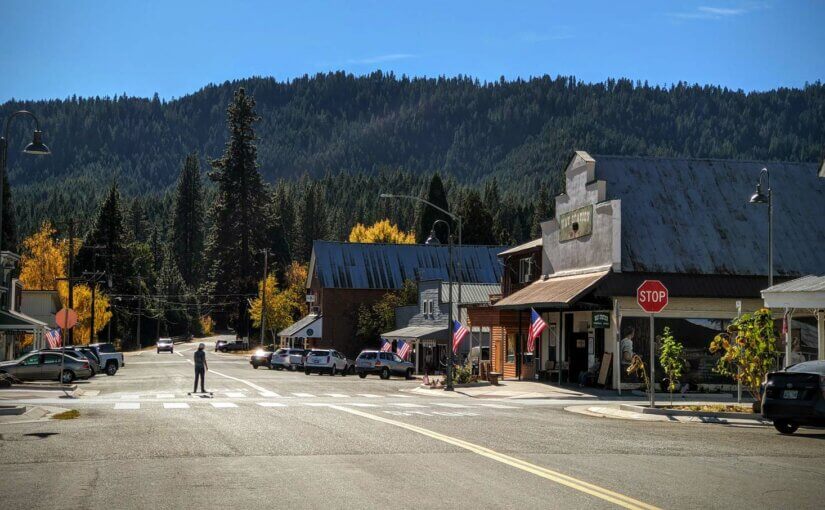This story is part of our Connected Communities project, a vision for a recreation-focused lifestyle through community investment, shared stewardship, economic opportunity and important new local jobs in California’s Plumas, Sierra, Butte and Lassen Counties. Find out more about the project and read about the towns on our Connected Communities web page.
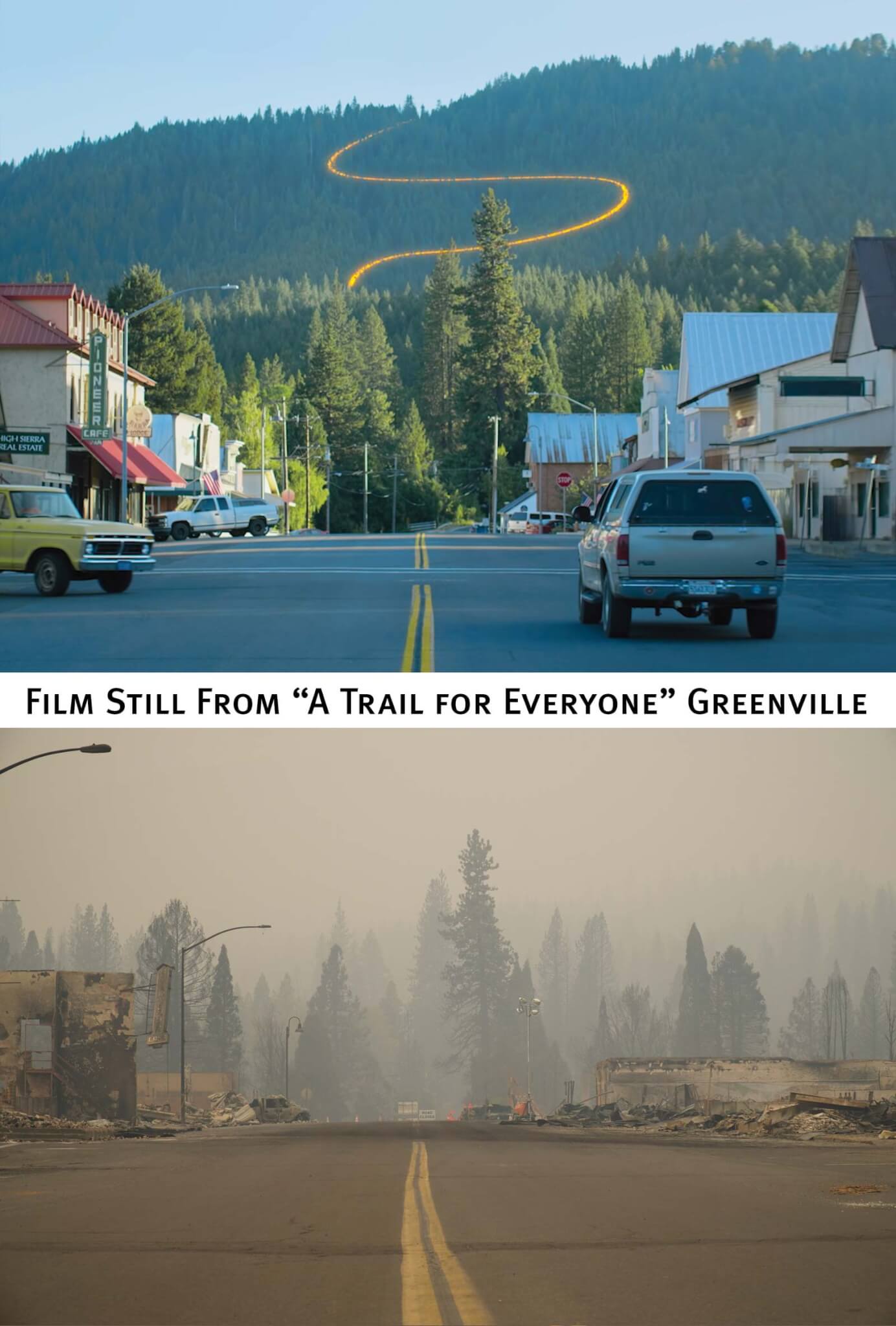
2021 Greenville Update:
In 1881, most of the Greenville business district was leveled by fire, one year later the town was rebuilt. On August 4th, 2021, again the town of Greenville and surrounding communities were leveled by wildfire; however, this time the rebuild and recovery will take much longer. The 2021 Dixie Fire is the second-largest wildfire in California state history, it burned 963,309 acres and took 105 days to reach 100% containment. Approximately 1,329 structures were lost making the Dixie Fire the 14th most destructive wildfire in California History. Fortunately, the fire resulted in very minimal loss of life, with one Fire Personal perishing due to a non-fire-related incident. It will take years for the Lost Sierra communities to rebuild and heal from the traumatic 2021 fire season, and SBTS is here for the long haul as we see the Connected Communities Project as a regional resilience project for not only wildfire impacts but economic downturn too. For more on Dixie Fire impacts and ways to donate to recovery efforts please check out Hope Rises.
Original Story From 2020:

Strolling down the quaint main street of Greenville is like walking back in time. You won’t see chain stores, or chain restaurants, or chain anything for that matter; most of the businesses in Greenville are locally owned. There are few towns left in California with the personality of Greenville. Aside from the well-kept storefronts and unique building architecture ranging from the 1860s to the 1940s, Greenville’s rural setting alongside the Union Pacific railroad is what makes this town of 1100 residents so endearing. Located in the northwest corner of the Indian Valley along California Highway 89, surrounded by towering timbered peaks on the northernmost fringe of the Sierra Nevada Range, Greenville is only nine miles from Lake Almanor and the start of the southern Cascade Range, home to Lassen National Park.
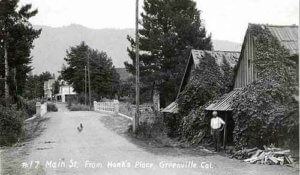
The story of Greenville started before the town existed, in a neighboring settlement to the south called Round Valley. Founded after discovering a rich gold placer field in 1860, Round Valley quickly became home to 400 miners, with four saloons, a hotel, two sawmills, a post office, a school and a Wells Fargo. A dam was constructed in 1864 that is still standing today where Round Valley used to be, on the shores of Round Valley Reservoir. But the rough road up to Round Valley from Indian Valley was difficult for wagon travel, and people began staking land near the base of the road nearly 1,000 vertical feet below, which is now known as Greenville.
By 1864, Greenville was replacing much of Round Valley’s population, and as the mines in Round Valley began to play out, so did the life of the town. By 1870, nobody was left in Round Valley. As Round Valley became a ghost town, Greenville expanded rapidly. Greenville was named after John Winthrop Green and his wife, proprietors of Green’s Hotel. Mrs. Green served hot meals and accommodations from their cabin in the quickly growing town. Although the cabin wasn’t much of a hotel, Green’s Hotel was so popular that the town adopted the family’s name and became Greenville.
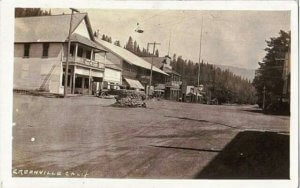
By the late 1870s the town’s population doubled, and by the early 1880s Greenville boasted 500 residents; the second largest community in Plumas County. However, Greenville was not without its struggles, suffering a fire in 1881 that claimed most of the buildings on the north side of Main Street.
Despite numerous fires over the years, Greenville still features many buildings from the 1860s, as well as many built in the early 1900s into the 1930s. It’s this architectural diversity and well-kept nature of the buildings in Greenville along Highway 89 that compel first-time passers-by to pull over and go for a walk.
Like many other Sierra Nevada frontier towns, as mining played out, logging and ranching grew as replacement industries. The community thrived in the early to mid 1900’s on logging and ranching, and to this day there are still ranches in the Indian Valley, some of which are generational dating back more than 100 years.
Logging was particularly prominent in Greenville, especially during World War II, when the appetite for lumber was insatiable. The influx of new residents to California in the 1950s escalated the demand. As a result, lumber and sawmills in Greenville operated around the clock, causing skies choked with smoke from the burning of scrap lumber.
However, the economic future of places like Greenville depend greatly on tourism and recreation. Fortunately for local residents, Greenville and the Indian Valley area have no shortage of remote mountain beauty to share with visitors, and as a bonus, very few crowds.


